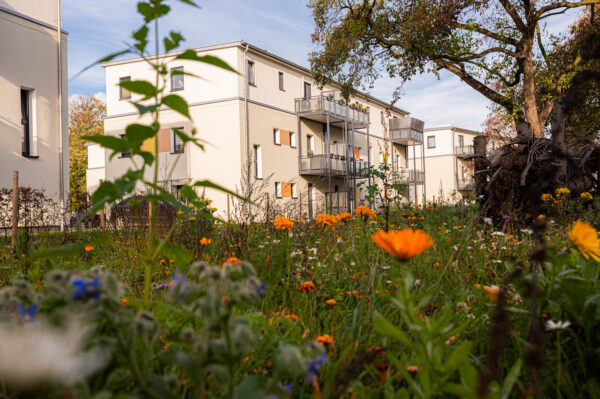Contribution to Urban Development
Redesigning the Milestones of Architectural History
What do the Berlin Modernism Housing Estates and the Swedish concrete architecture of the 60s and 70s have in common? Both revolutionized the idea of how living could be. The six Berlin Modernism Housing Estates were named a UNESCO World Heritage Site in 2008. Four of them, the Hufeisensiedlung, the Carl Legien housing estate, the White City and the Siemensstadt Ring Estate, belong to the part of the Deutsche Wohnen portfolio. The housing estates were designed by renowned architects, such as Bruno Taut or Otto Rudolf Salvisberg – some inspired by the “garden city” concept. With plain, light-colored buildings and practical floor plans, they were built around the needs of city-dwellers from the beginning, while also addressing the housing shortage of the early 20th century. The apartments, designed to let in plenty of light and air, now offer a special home in the middle of the metropolis for Vonovia and Deutsche Wohnen tenants.
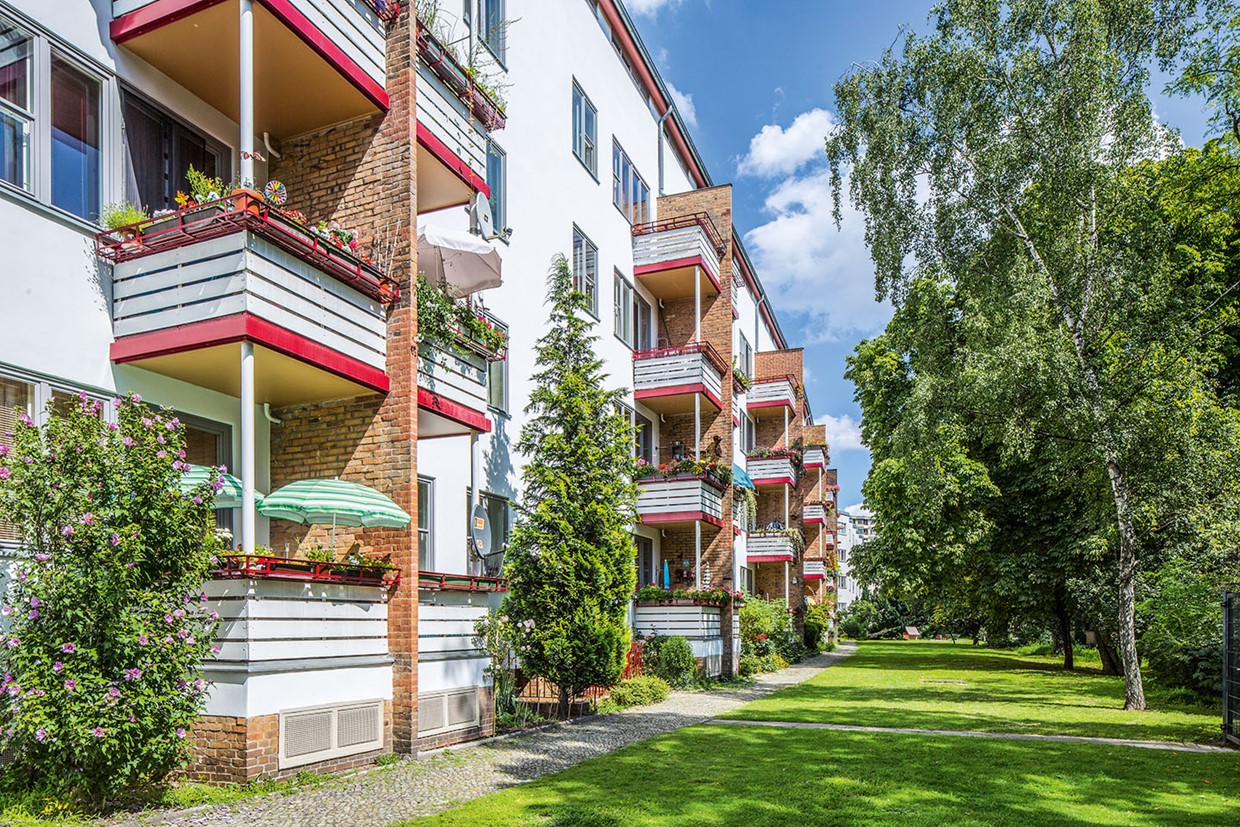
The Carl Legien housing estate in Berlin was renovated and refurbished in line with listed-building preservation requirements and is very popular.
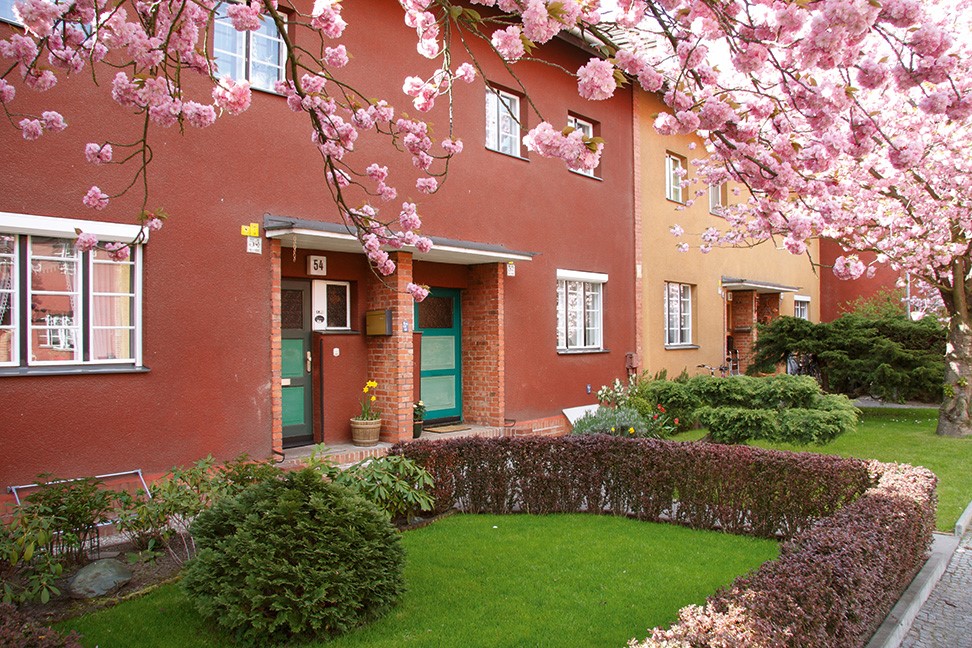
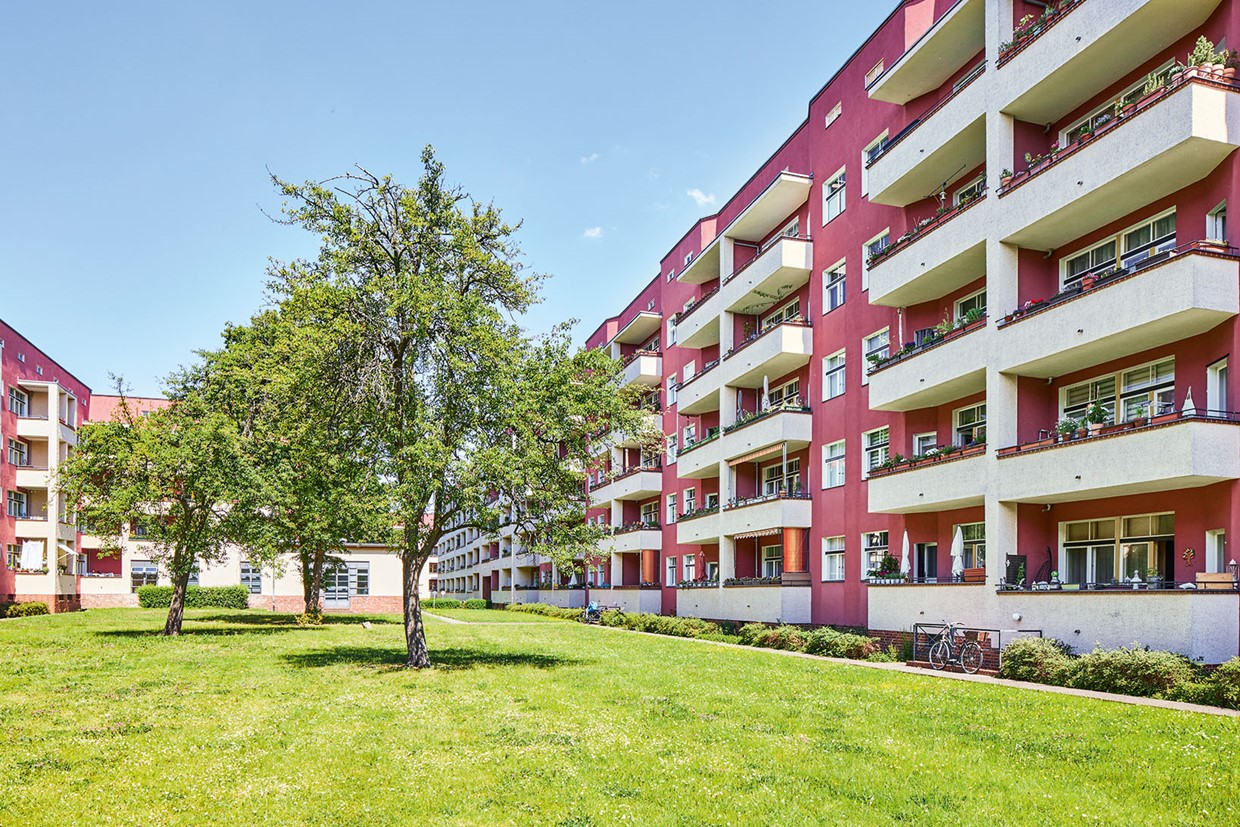
Just like the Berlin Modernism Housing Estates, our Swedish portfolio also offered exceptional living comfort and quality of living for their time. The state-initiated “Miljonprogrammet” (Million Programme) aimed to build one million new homes within ten years and was launched to counter the housing shortage at the time. Today, there is a social stigma attached to the homes, due to their primarily satellite-city-like locations, and some are in need of renovation. Our Swedish subsidiary has now launched an image campaign – because behind the facades, there are many interesting stories and ideas for neighborhood development today. This applies to the cost and resource-efficient serial building method and also the close interaction between research, industry and politics in the construction process.
The “White City,” as it is known, was built between 1928 and 1931 and is one of four Berlin Modernism historical housing estates in the Deutsche Wohnen portfolio.
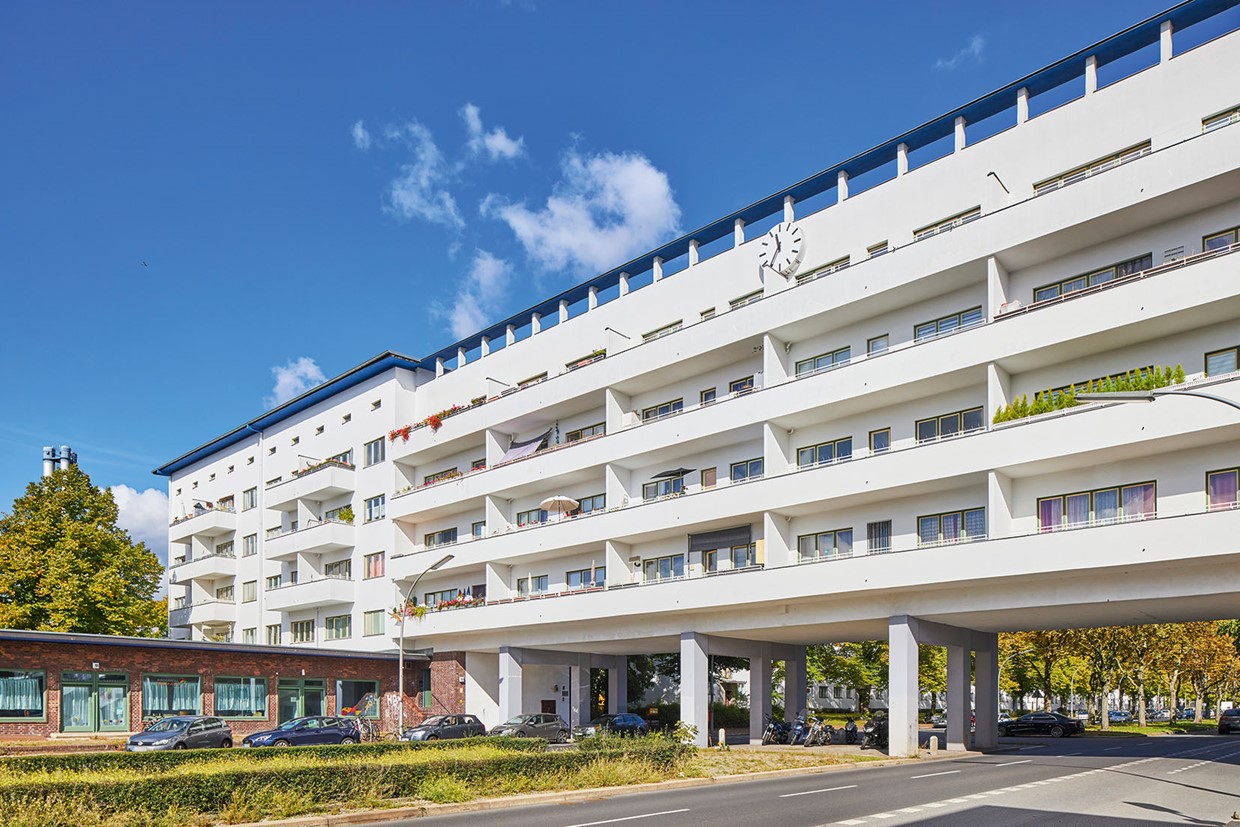
Whether Berlin Modernism or Swedish “Million Program”, these neighborhoods with their rich histories are in constant flux and offer great potential for further development to make living fit for the future, attractive and sustainable.
